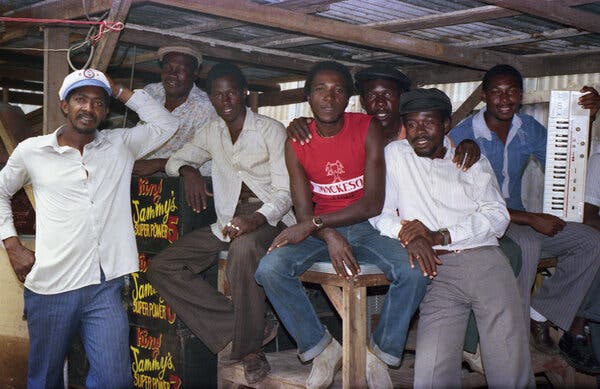In 1984, Big Road served as a vibrant yet turbulent hub within Kingston’s Waterhouse community, a neighborhood grappling with economic hardship, political unrest, and local crime. Despite these challenges, it was also a gathering place for local musicians, including vocalists Junior Reid and Half Pint, along with groups like Black Uhuru and the Wailing Souls.
At 26, Noel Davey was an emerging musician skilled at playing the melodica, a wind instrument with a keyboard. Known for his ability to replicate popular tunes by ear, Davey was encouraged by those around him who believed that access to a keyboard would elevate his musical potential.
George “Buddy” Haye of the Wailing Souls owned a Casio MT-40 keyboard at his home in California and promised to send it to Davey upon returning to the United States. Eventually, Davey received the Casio MT-40, a compact electronic keyboard featuring 22 instrumental sounds, a mini bass keyboard, and six preset rhythms—one of which became the foundation for a groundbreaking shift in Jamaican music. Davey later reflected, “I got that instrument for a reason. It made a huge impact on the music.”
Before the year’s end, Davey had recorded the track “Under Mi Sleng Teng,” featuring lyrics celebrating marijuana over cocaine, penned and performed by his friend Wayne Smith. Released originally on seven-inch vinyl by an independent reggae label, the song is widely recognized as one of the earliest digital reggae recordings. This new style, initially called digital reggae to distinguish it from traditional reggae, marked the dawn of dancehall’s digital era. The riddim created by Davey and Smith has become the most sampled in dancehall history, appearing in over 500 songs according to the Riddim-ID catalog.
Johnny Osbourne, who scored a hit with the riddim through his track “Buddy Bye,” recalled, “I had never heard anything like the ‘Sleng Teng’ before—it wasn’t performed by a live band but relied on a continuous keyboard loop.”


0 Comments
No comments yet. Be the first to comment!